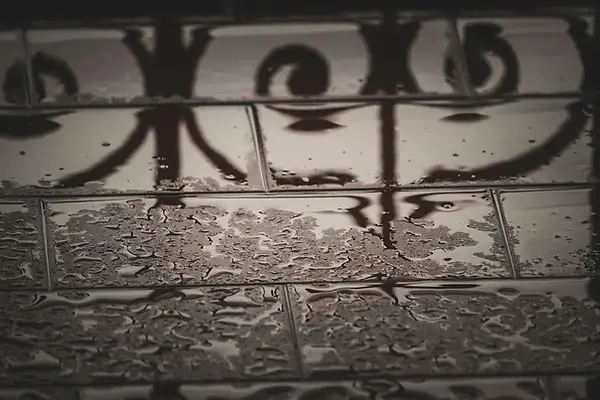

Professional Custom Tile Installation - Serving Summit County and Surrounding Areas
Updated: 6/7/2025 · 3 min read
Tile Waterproofing Guide

Protecting Your Home: Why Waterproofing Matters in Tile Installation
When it comes to remodeling your bathroom, kitchen, or any area exposed to moisture, tile is often the go-to finish. Durable, attractive, and seemingly water-resistant — tile looks like the perfect solution. But here’s what most people don’t realize: tile and grout are not waterproof. That means without the right waterproofing beneath the surface, your beautiful space could be hiding costly water damage.
As a professional tile contractor based in the Portage Lakes/Akron area, I’ve repaired countless showers and floors where the failure wasn’t the tile—it was the lack of proper waterproofing. This guide will help you understand why waterproofing matters, the common methods available, and which systems I trust to protect your home for the long haul.
Let’s get into it.
Why Is Waterproofing So Important in Tiled Areas?
Many homeowners believe tile is naturally waterproof. After all, it sheds water and gets used in bathrooms all the time, right? While it’s true that tile resists water to some extent, moisture will seep through grout lines, cracks, and edges. Even the face of most tiles can allow minimal moisture transmission over time, especially under pressure or when exposed to standing water.
Without a proper waterproofing system underneath the tile:
-
Moisture accumulates behind the walls or below floors
-
Mold and mildew begin to grow
-
Wood framing or subfloors rot, weakening the structure
-
Tiles pop loose, grout cracks, and your investment falls apart

Nuts and Bolts: Methods & Materials for Waterproofing
Let’s break down the options most commonly used in residential waterproofing. Each approach serves the same goal: protect the structure beneath your tile from moisture intrusion.
1. Liquid Waterproofing Membranes
These are brush- or roller-applied membranes (like RedGard) that cure into a rubbery surface. They’re relatively affordable and can be great for shower walls and floors.
Pros: Easier to apply, flexible. Cons: Can be inconsistent in thickness; prone to user error; takes longer to dry and requires multiple coats.
2. Sheet Membranes (My Go-To)
Sheet membranes like Schluter®-KERDI are bonded to walls and floors using thinset mortar. They create a seamless, reliable waterproof barrier. Schluter’s system also offers preformed shower pans, corners, and seals for drains and valves.
Pros: Predictable, reliable, and ideal for wet zones. A physical, tangible material—making it easier to verify proper installation. The components are designed to interlock, creating a fully integrated system from the walls, across the floor (including benches and curbs), and into the drain.Cons: Slightly more expensive upfront, but saves on repairs later.
➡️ Visit Schluter’s Site for System Overview
3. Foam Boards
Although the KERDI membrane (sheet from the previous section) can be applied over most substrates, products like KERDI-BOARD combine waterproofing with a rigid backing, replacing cement board and creating a mold-resistant wall structure in one step.
Pros: Lightweight, quick to install, and waterproof out of the box—saving time and labor costs.Cons: More expensive than standard cement board; however, the added cost is often offset by eliminating the need to apply a separate membrane over the entire wall—only seams, corners, and fastener penetrations require treatment.
Ready to Waterproof Your Next Project?
If you’ve made it this far, you now understand why grout and tile are only part of the equation—and while waterproofing may not always be needed in every tile project, it's often essential to use water-resistant products in areas where moisture is likely. What’s underneath is what truly protects your home.
Whether you're planning a DIY install or hiring a pro, choosing the right waterproofing system is non-negotiable for long-lasting results. As a certified Schluter installer, I rely on proven systems that integrate efficiency, durability, and peace of mind.
First step? Decide if your project area is vulnerable to water exposure (hint: it probably is). Next, choose a method that fits your budget and comfort level with installation. If you're not sure, feel free to reach out and ask questions—I'm here to help.
Check out some of my completed projects [on the Tile page], or drop a message if you'd like a free estimate.

👉 Curious about other tile-related topics? Keep an eye out for upcoming posts where I’ll cover tile care, product insights, and installation insights. Back to Top